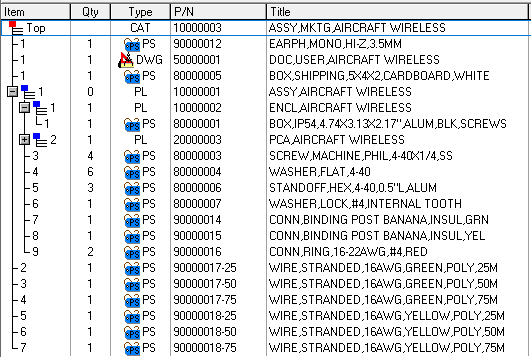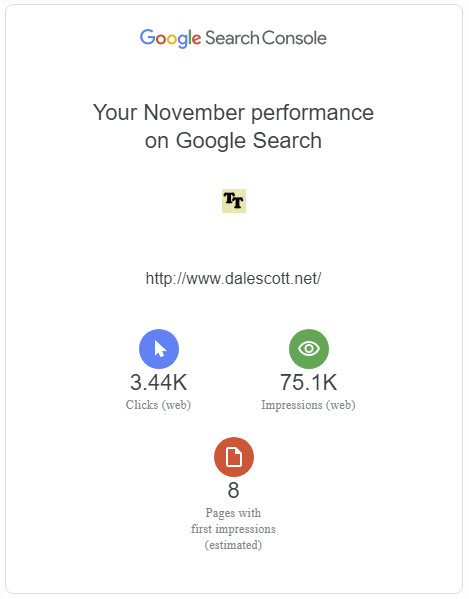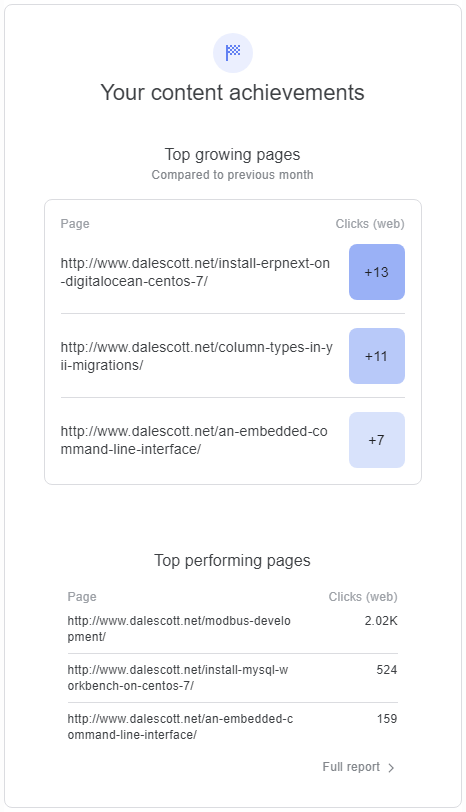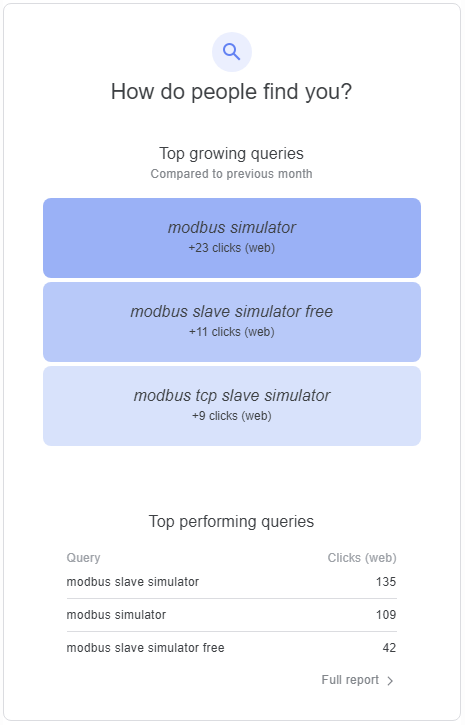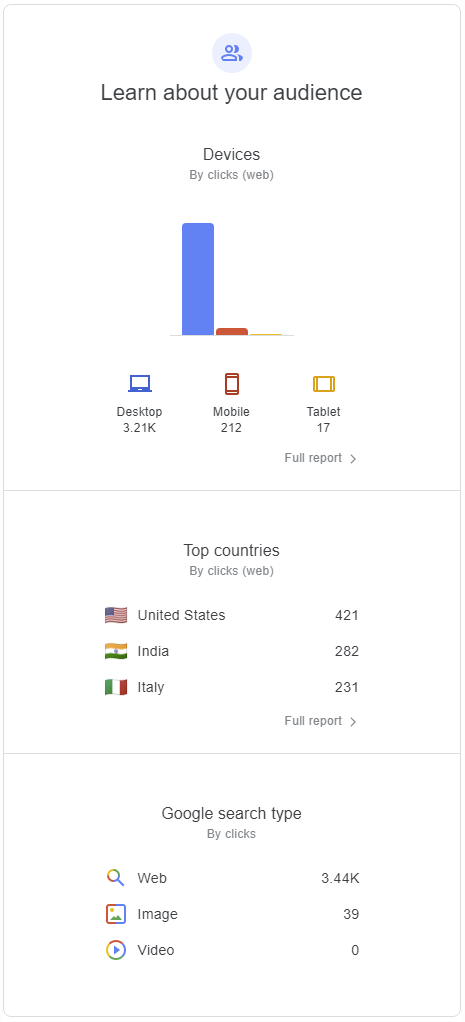Effective embedded product development involves coordinating a large number of tasks in complex relationships, managing risk and dealing with issues that arise due to uncertainty. Development teams are multi-disciplinary and can involve industrial and user experience design, mechanical design, electronics design, embedded, desktop, mobile and cloud software development, product verification and validation testing, and manufacturing process development, each with its own unique processes and workflows. Put simply, the effort needed to bring a complex high-tech networked embedded product to the world should not be underestimated.
Regulatory requirements must be met before a product can be placed for sale, including meeting electrical emission and compliance regulations, safety related requirements that may impose specific product requirements or following specific development processes, and environmental requirements affecting component selection and recycling of packaging and eventually the product itself. Managing regulatory requirements and demonstrating compliance is a critical part of the development process.
Software development today commonly includes a wide variety of open-source software components, such as operating systems, device drivers, database systems, data encryption, and network communication stacks. Each software component is licensed by its creator, and imposing specific requirements on use. In addition, use of encryption technologies is usually subject to national security regulations. Managing this complex interrelationship of requirements requires careful attention to ensure the final software application will be free of undesired encumbrances and can be distributed legally.
Development of a high-tech product can be a complex undertaking, involving a complex relationship of simultaneous tasks. To be effective, an engineering project manager must not only have related technical experience, but must also provide a suitable balance between attention to detail and time to market, without allowing unacceptable risk or sacrificing quality.
PLM and NPI
Product Lifecycle Management (PLM) describes how a product is consciously managed from concept through design, into manufacturing and sales, and eventually to retirement. PLM includes aspects of Product Management and also Sustaining (aka Maintenance) Engineering to add features, eliminate defects, optimise process, increase quality, etc. PLM integrates people, data, processes and business systems, and provides trust-able and transparent design and manufacturing data.
New Product Introduction (NPI) is that portion of PLM involved with the hand-over from engineering design to manufacturing and eventually introducing a product into the market for sale. NPI is a broad topic, and depending on the organization, industry and product, may include Design for Manufacturability, Pilot Production, and Validation Testing, as well as creation of marketing and sales materials, managing sales campaigns and events, developing eCommerce and service subscription processes, and whatever else can be involved in bring a product to market.

